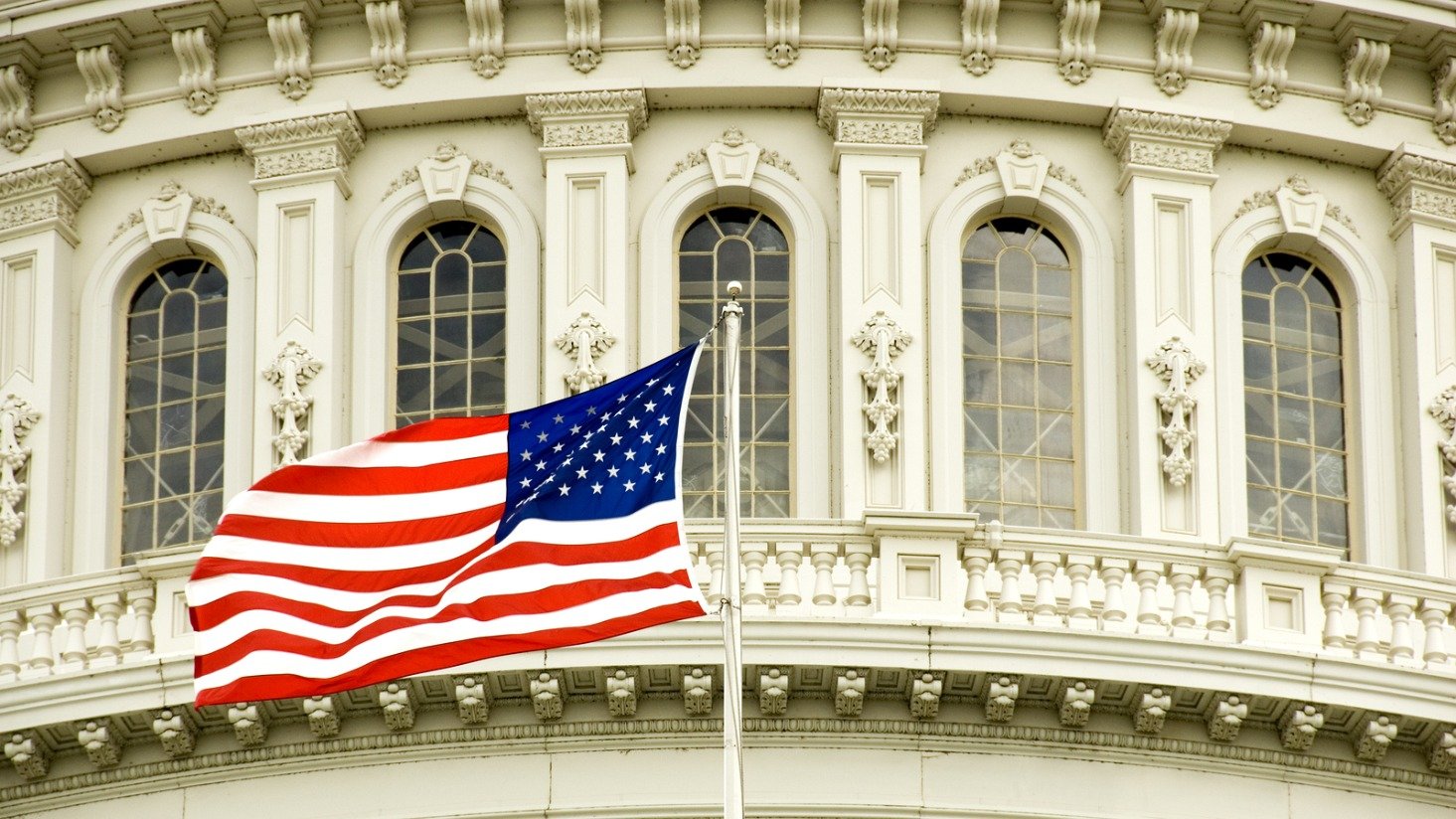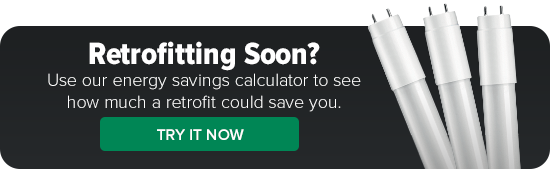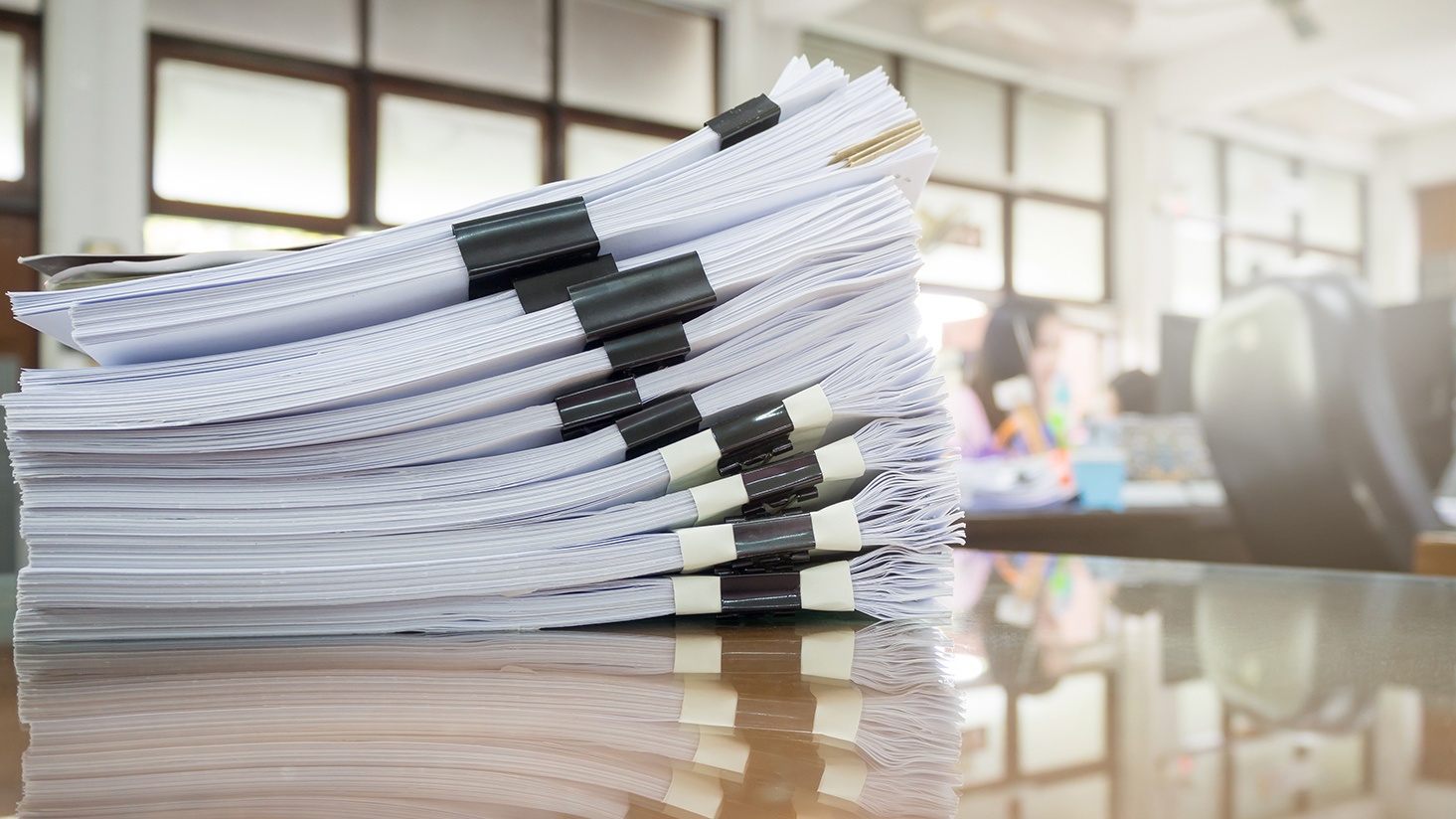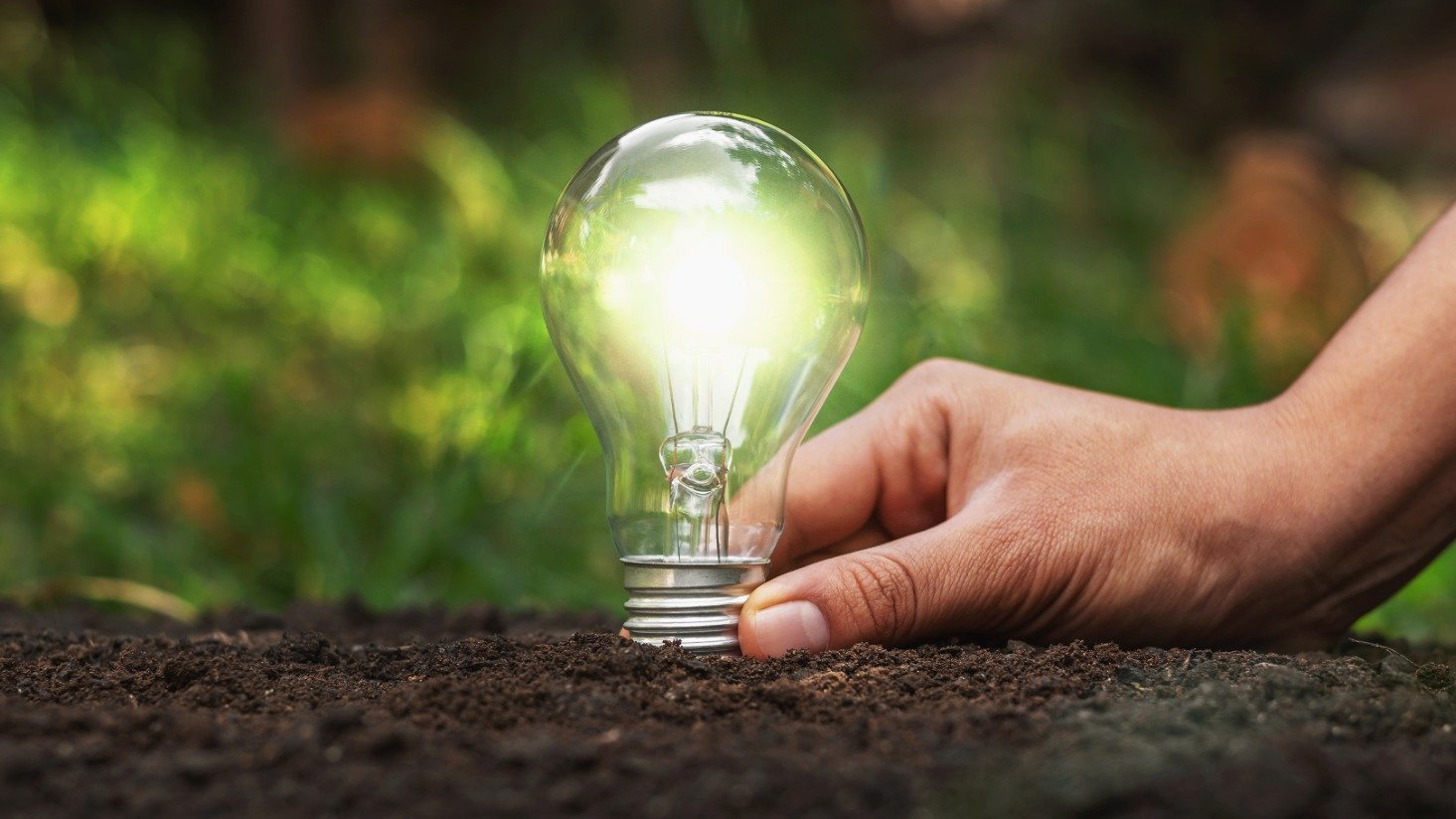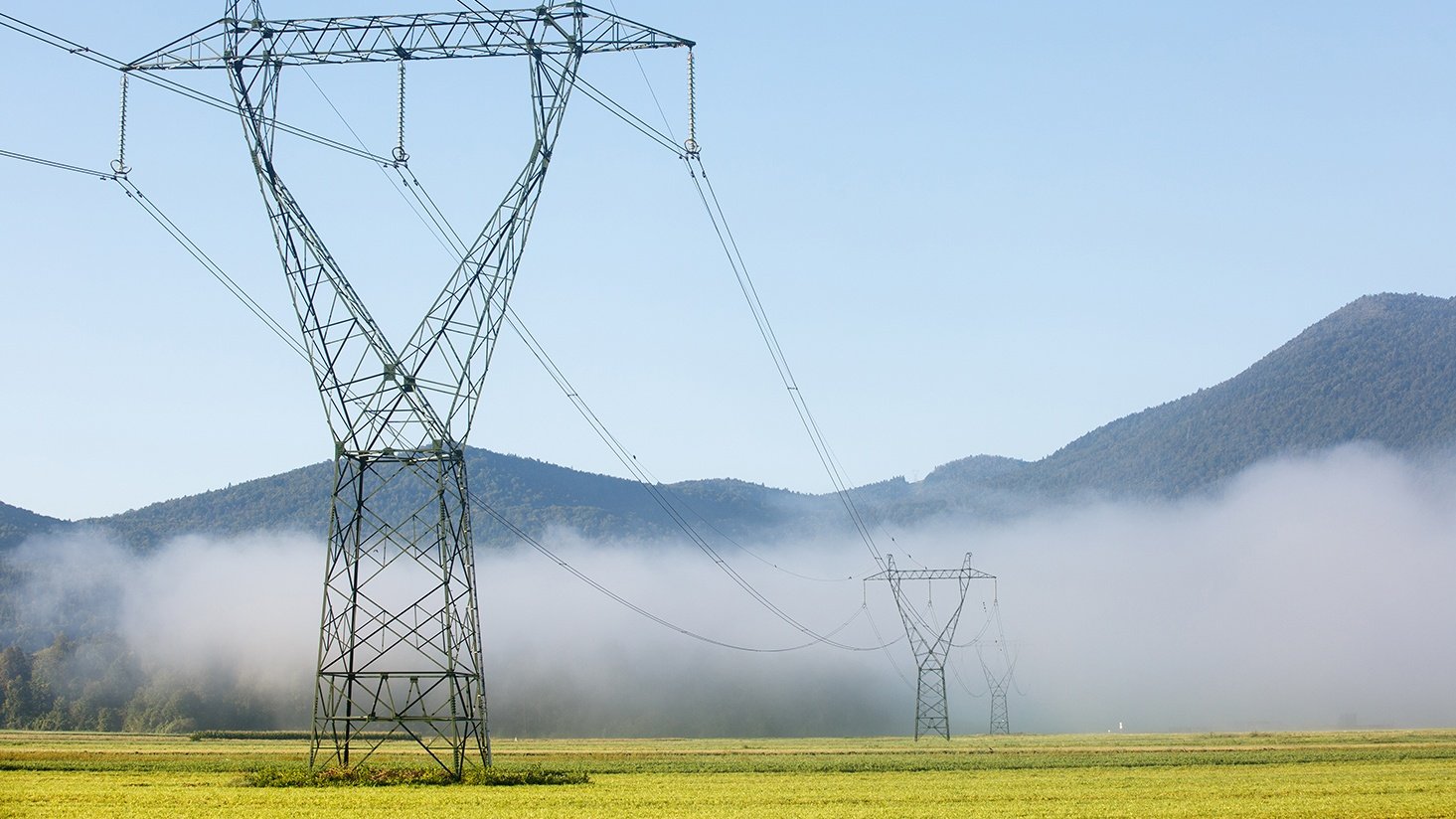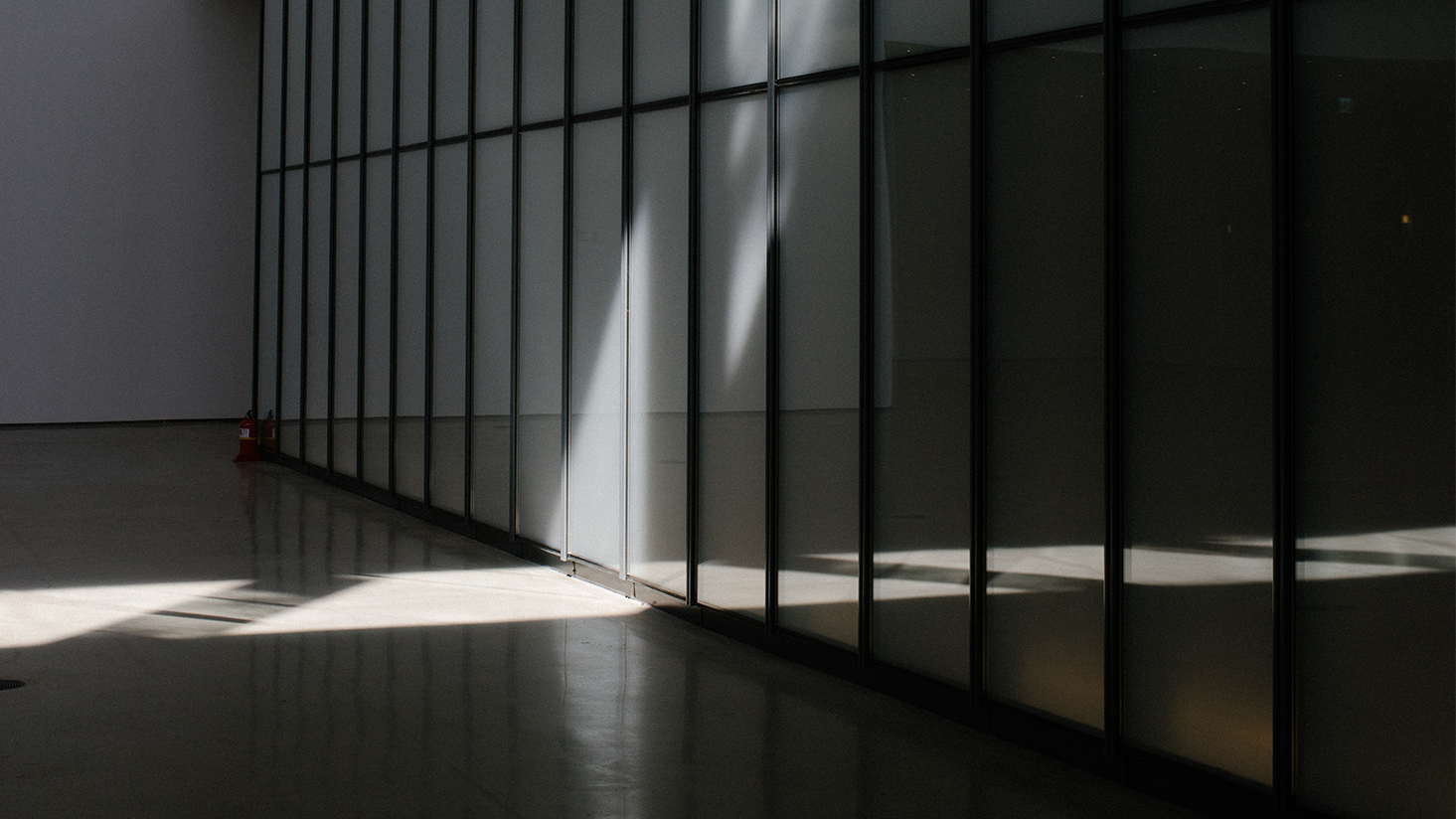Good news for LED lighting upgrades: What EPAct 179D really means
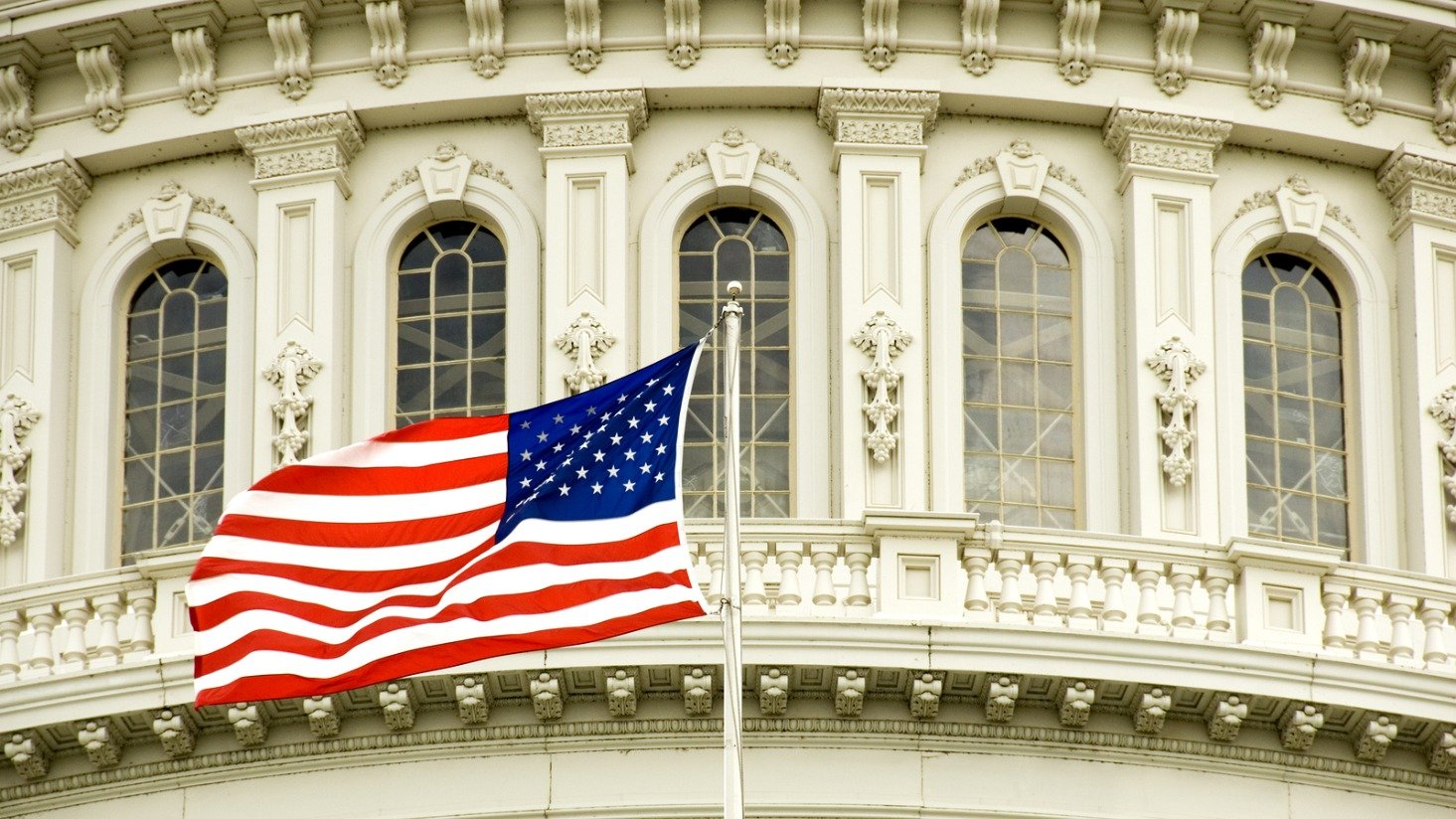
Great news for commercial buildings moving towards energy efficiency. With the Inflation Reduction Act of 2022 now signed into law, there are new opportunities for properties to save when they undergo energy-saving upgrades.
This is just the latest round of changes for EPAct179, the tax deduction for building energy efficiency.
In 2020, lawmakers made EPAct179 permanent. Previously, the deduction expired at the end of every year. It was a waiting game to see whether or not lawmakers passed the benefits for the next year.
Here's a quick overview of the new changes outlined in EPAct179D:
- Increase deduction levels up to $5.00 per square foot
- Qualifying retrofits must show a 25% decrease in Energy Use Intensity
- Deduction can now be taken every 3 years for commercial buildings and 4 years for government buildings
- Allows designers to take deduction on building projects completed for not-for-profit entities, instrumentalities, and Tribal governments
The tax deductions are retroactive, so if you completed a lighting retrofit anytime between 2006 and now, it’s time to get your paperwork together.
What is EPAct179D?
The Energy Policy Act (EPAct) was created in 2005. It went into effect January 1, 2006 and primarily provides tax savings for building owners who improve energy savings in new construction or remodel projects.
The goal of EPAct was to incentivize energy reduction. The U.S. Department of Energy says commercial buildings are responsible for half of all building energy consumption in the United States.
Section 179D outlines tax deductions available for commercial buildings. It's a tremendous help to businesses that install energy saving alternatives, like lighting retrofits.
Under the new regulations, the maximum tax deduction will jump to $5.00 per square foot of upgraded space in 2023. That's a huge increase from the previous version of law, which currently has deductions at $1.88 per square foot in 2022 (but set to rise to $2.00 per square foot).
Here's a look at the breakdown of the deductions, based on the $5.00 per square foot standard:
- Up to $1.67 per square foot for interior lighting
- Up to $1.67 per square foot for building envelope improvements
- Up to $1.67 per square foot for HVAC system upgrades
To put this in perspective, a 100,000 square foot building that qualifies for maximum deductions could receive a $500,000 tax credit.
Not every building will qualify for the maximum deduction, but that shouldn’t discourage you from applying. Partial deductions can still result in significant savings.
Resources to learn more about Section 179D:
Qualifications for commercial building tax deductions
There are several qualifications your business needs to meet in order to receive the tax deductions outlined in Section 179D.
As a general rule, EPAct179D applies to commercial buildings, including the following:
- Retail buildings
- Apartment buildings four stories or higher
- Office buildings
- Warehouses
- Industrial buildings
To get the deduction, energy and power costs need to be reduced by 25% against the ASHRAE standard. That means it's easier to qualify. Currently, projects must reduce energy by 50% to qualify for the full deduction. A 25% reduction will yield a $2.50 per square foot tax deduction. For every 1% of additional reduction, an addition $.10 per square foot will be awarded.
Partial deductions are also available based on the project and energy reduction. Even energy reductions of 10% can equal major savings.
The building owner qualifies for the deductions, unless the building is owned by the federal, state, or local government. In that case, the company responsible for the system's design may take the deduction.What does EPAct 179D mean for your business?
179D is designed to encourage businesses to make energy efficient improvements to their properties.
Even if you completed a lighting retrofit years ago, it’s important to check for this benefit. Projects dating back to January 1, 2006 could be eligible for deductions.
To be clear, we're not tax experts, but this could result in a significant financial impact for your organization.
If you do not oversee the tax returns for your company, make sure to pass this along to those that do and keep them in the loop.
If you want to start planning your LED upgrade, don't hesitate to contact us. We'd be happy to help you walk through the process.
